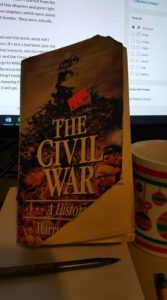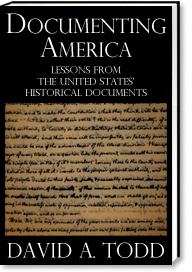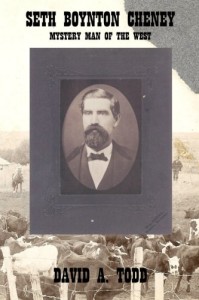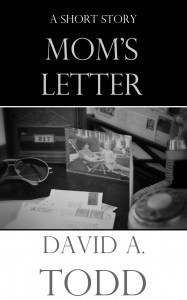My last post, on Feb. 23, was written in Atlanta, Georgia. I was there for a conference, the Environmental Connection 17 conference put on by the International Erosion Control Association. For the first time in years, I didn’t submit a technical paper for presentation. So I was just an attendee, renewing old connections, making new ones, and encouraging one of our younger engineers who did present a paper, his third.
The flights out, via Dallas-Fort Worth, went well. We had a long enough layover in Dallas that it was enjoyable. We got easy transportation to the hotel. The walk from the hotel to the conference center, over two elevated walkways, was just about right. The Wednesday activities were good. Jim Cantore of The Weather Channel gave the keynote address. I went to some technical sessions on things I wasn’t familiar with, and broadened my perspectives. All was well.
But something happened on Wednesday, not at the conference, that wasn’t good. I won’t go into details here. Let’s just say it threw me for a loop. It so affected me I wasn’t able to sleep that night in the hotel. I tossed and turned, and finally got up and read. It was well after 2:00 a.m. when I finally went back to bed, though I’m not sure when I fell asleep.
The next day I made that post. I made it from my company smart phone, the first text-intensive post I’ve made from it. That was something new for me. During the day, the situations that caused me to lose sleep somewhat resolved themselves. By the end of the day, Thursday, I was doing much better emotionally. I blew off the social gatherings at the conference, went back to the hotel, and spent the rest of the day editing my novel in manuscript. I made significant progress on it.
I wish I knew why I let things affect me so. Part of the problem is that I engage in two activities that can put you on the emotional roller coaster. One is writing; the other is stock trading. Stock trading is going well this year. I’ve had a lot more winners that losers, and I’m earning at a rate that I like. Writing is also going okay, though I still get no sales. At this time I’m not ready to put money into advertising, so I’ll likely have low sales.
Once my book is ready and I publish it, I’m sure I’ll get some sales of it, and perhaps of others at the same time. Before I publish it, however, I really need to correct and re-publish Doctor Luke’s Assistant, because it comes before Preserve The Revelation in the series. I made all the corrections to the DLA master file, formatted it for print, uploaded it, and had CreateSpace check it. Alas, it had many formatting errors, all due to lack of recognition (or user error) of inserted section breaks and having the wrong page on the wrong leaf. I was working on that last weekend, but hadn’t finished it. That will be a tomorrow task.
A day-after-tomorrow task will be re-reading PTR in manuscript. I had enough edits on this round, my second round of edits, that I believe I need a third round. This will delay publishing, but I’m having that delay anyway due to the DLA problems. Alas.
One good thing did come of this trip. When I was packing Monday evening and Tuesday morning, I had to decide on what reading matter to bring with me. I have several books on Google Play and on my Nook, so I didn’t need to bring any print book. But at the last minute I stuck in the Civil War volume of the Annals of America. , just in case I wanted to read that. It’s research for my next book, whereas everything on my electronic devices is for family history, research for later books, or recreation. On the first flight I pulled out AoA and read the entire flight. I did the same on the next flight, and in the hotel room the first night. I often have trouble focusing on the entries in this book, but on this trip I didn’t. I was able to focus on each article I read, making marginalia, finding great quotes, and possibly adding to my civil war book. It was a good choice. Not sure why I could focus this time when I’ve had trouble doing so most times, but I’m glad for the result and won’t question it.
Life is an emotional rollercoaster. Sometimes I don’t handle it very well. Wednesday was one of those days. I’ve recovered (mostly), and am ready to plow ahead. Hopefully my Friday post will be an author interview. Next Monday, maybe I’ll be able to report good things about DLA and PTR.








